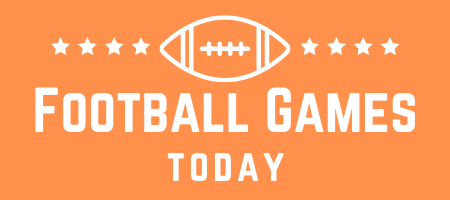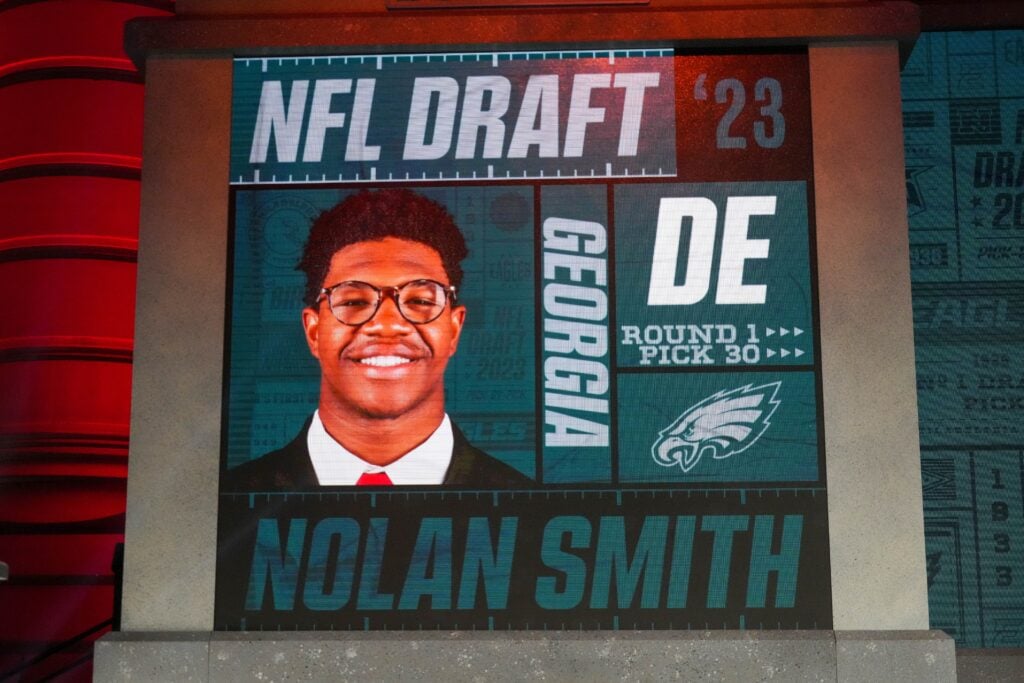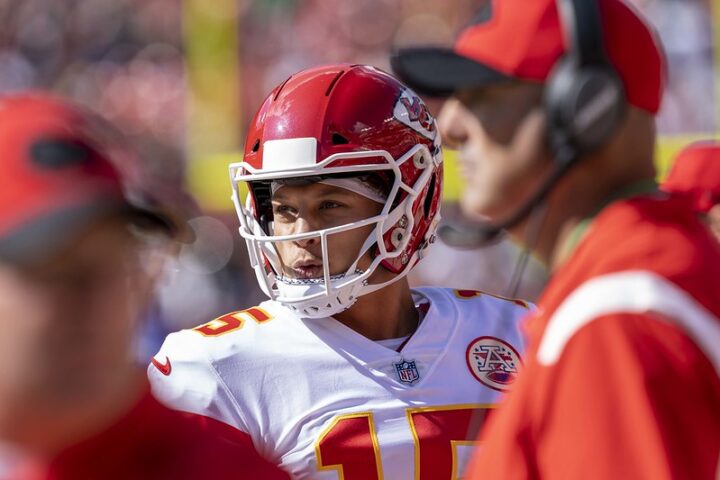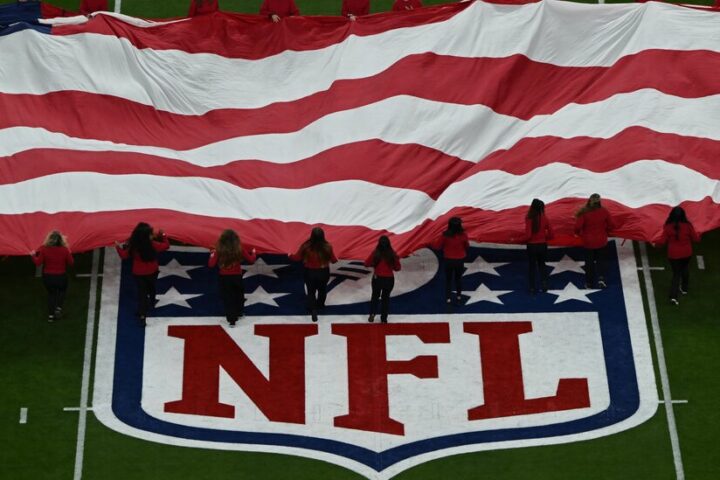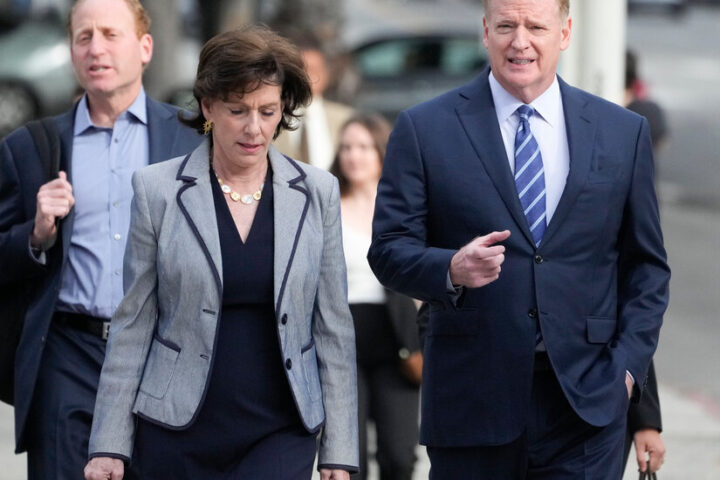It’s always difficult to get a handle on the NFL Draft, so for the 2023 iteration, we used the Industry Consensus Big Board to see how teams did.
The industry board has been an excellent tool for predicting how the draft will unfold, getting a sense of the different players in the draft, and for giving context for which players have been selected. But we can also use it to “score” the draft.
By assigning a point value to each player and modifying that value for their position and team need, we can give a value to each prospect drafted by NFL teams. We can compare that to the number of draft capital teams used throughout the draft and get a return on investment for each franchise.
How Did Teams Do in the NFL Draft?
Each player was given a point value using the same logarithmic scale used to value draft picks in trade charts. Then, each position was given a point modifier based on how much the NFL has valued that position over the past 10 drafts.
Finally, each pick was given a point modifier based on the severity of the need for the selecting team at that position based on a number of pre-draft databases. That’s why teams can get a positive return on their investment for the first overall pick.
Capital spent refers to total draft capital used on picks — it does not account for trades, which would be difficult to do given the fact that trades will often include players and future picks. Capital gained refers to the point total mentioned above.
MORE: FREE 2024 Mock Draft Simulator With Trades
Success rate refers to how often a team made a pick that gained value against the board. Return on investment simply divides the capital gained by capital lost, and the grade takes all of those situations into account and converts it into a school rubric where a 75% is about average and a 100% is an A+.
There will always be picks and grades that the table will spit out that most reasonable people disagree with. The biggest one could be Devon Witherspoon to the Seahawks, which will be listed below in the list of worst picks — cornerback wasn’t considered a big need for the Seahawks for most analysts, and Seattle did reach down the board a little bit when at the top of the draft, where there are dramatic swings in point totals. It’s probably fine.
2023 NFL Draft Consensus Big Board Winners
Cleveland Browns
From a pure per-pick perspective, the Cleveland Browns came out on top with some room to spare. Though they didn’t have a pick early in the draft, they made efficient use of the picks they did have, selecting players later than they were ranked, such as Cedric Tillman (picked 74th, ranked 62nd), Siaki Ika (picked 98th, ranked 73rd), Dawand Jones (picked 111th, ranked 40th) and Isaiah McGuire (picked 126th, ranked 103rd).
The only player that they selected that was ranked below their pick was Dorian Thompson-Robinson, who adds value regardless as a cheap player at the most valuable position in football.
Houston Texans
In terms of total value, it’s unsurprising to see the Houston Texans walk away with the crown. Not only did they acquire their quarterback of the future in C.J. Stroud, but they also took the top overall player in Will Anderson Jr. — a player who plays a highly valued position that happens to be a need for the franchise, too. This was the highest-value pick any team made in the draft, despite how many steals came later.
Most teams who leave the draft with the most total value don’t get very much value per pick. But the Texans are different; they had an enormous amount of capital entering the draft, but their good grade already takes that into account.
From a return-on-investment perspective, the Texans ranked third overall. They may have “reached” a spot or two with the Stroud pick, but the fact that it’s the most valuable position in football and a position of need turned it into a positive return.
All in all, six teams lapped the pack when it came to value against capital. In addition to the Browns and Texans, the Titans, Eagles, Colts, and Ravens outpaced the rest of the NFL.
Tennessee Titans
The gems of the draft class for the Titans, at least according to the big board, were the pair of offensive linemen Tennessee grabbed — Peter Skoronski in the first round and Jaelyn Duncan in the sixth.
The board considers Will Levis to be a very good pick but not a great one — Levis wasn’t as highly ranked on consensus boards as he was in mock drafts, and the quarterback need for the Titans wasn’t considered as high by fans as it was by national media preparing mock drafts.
Nevertheless, Levis gained the Titans significant value, and Tennessee should be commended for how they played the board to grab a first-round quality quarterback prospect. With two great picks along the offensive line, the Titans came away winning the draft.
Philadelphia Eagles
The Eagles consistently grabbed value, doing so in part by constantly selecting Georgia Bulldogs. The only picks the board didn’t appreciate were the pair of back-to-back selections they made in the third round — Sydney Brown from Illinois and tackle Tyler Steen from Alabama. Brown was ranked 77th overall, so it was a very slight reach, while Steen was ranked 94th overall, making it a somewhat more substantial drop.
The value “lost” by those two picks was made up entirely with the Kelee Ringo pick in the fourth round, and the Eagles continued to gain value with their first-round picks of Jalen Carter and Nolan Smith. The Moro Ojomo pick in the seventh round and the Tanner McKee pick in the sixth were both judged to be excellent picks.
Indianapolis Colts
The Colts made 12 picks in this year’s draft, and the volume certainly helped them gain value. But they ended up at the top of the list, not because of the number of picks they made, but the high rate of success that came with those picks.
The board loved the Anthony Richardson pick in the first round despite the reach from the fourth pick for the 13th overall player because of the premium placed on quarterbacks and the enormous need the Colts had at the position.
MORE: 2023 NFL Draft Picks by Team
But the picks that made the Colts the most bank in terms of draft value came from North Carolina receiver Josh Downs in the third round and the pair of cornerbacks they drafted in the fifth and seventh rounds — Darius Rush from South Carolina and Jaylon Jones from Texas A&M.
Tackle Blake Freeland from BYU and defensive lineman Adetomiwa Adebawore from Northwestern were both big value adds as well. The cluster of non-cornerback fifth, sixth, and seventh-round picks were negative-value selections, according to the consensus board, but it didn’t cost much.
Baltimore Ravens
The Ravens made up quite a bit of value on Day 3, with offensive lineman Andrew Vorhees from USC and cornerback Kyu Blu Kelly from Stanford holding the fort for them.
First-round pick Zay Flowers was a slight reach that was mitigated by the severe need at receiver that the Ravens had and the general value of wide receiver, so there wasn’t a lot of opportunity for the Ravens to lose any points.
The Best Picks in the 2023 NFL Draft
2023 NFL Draft Consensus Big Board Losers
Losers in the consensus big board generally don’t produce the kind of positive draft classes that fans hope to see, even if they come from good teams. The Patriots and Seahawks, until recently, populated the bottom of these rankings for years, and fans objected because of how successful those franchises had been. But the draft classes from those years were disappointing, and that’s a big reason why those teams have struggled recently.
Washington Commanders
The Commanders hurt themselves with every pick except fifth-rounder K.J. Henry from Clemson. Their first-round pick was a massive 20-rank reach for undersized cornerback Emmanuel Forbes from Mississippi State while second-round pick Jartavius Martin was considered their biggest reach of the draft — he ranked 47th overall. Ricky Stromberg fulfilled a position of need but ranked 141st overall when he was drafted at No. 97.
There wasn’t much to like, according to the industry board.
Jacksonville Jaguars
The Jaguars have had some pretty strong drafts recently, so this comes as a disappointment. That said, they came away with some of the strongest steals of the draft anyway, so it may all mean nothing. The board loved the Antonio Johnson pick in the fifth round and figured that the reach for Anton Harrison in the first round was worth it. Parker Washington was also a positive selection. With 13 picks, though, there were a lot of places to falter — and that’s what they did with nearly every other pick.
Brenton Strange, at 61st overall, was the biggest problem, as he ranked 138th overall. But they also lost value on four players completely outside of the top 300 — DT Raymond Vohasek from North Carolina (615th), OT Cooper Hodges from Appalachian State (453rd), S Erick Hallett III from Pitt (441st), and CB Christian Braswell from Rutgers (333rd).
Detroit Lions
The Lions had some of the best picks in the draft with Brian Branch and Hendon Hooker, but it doesn’t make up for the enormous reach for Jahmyr Gibbs at a position with low value and without much need. Brodric Martin in the third round was almost as bad — he ranked 260th — while Colby Sorsdal wasn’t even in the top 300 at 384th. Both Iowa prospects — Jack Campbell and Sam LaPorta — were reaches of at least 20 ranks as well.
Dallas Cowboys
The Dallas Cowboys made one good pick, according to the board — running back Deuce Vaughn. The rest were negative value, with second-round pick Luke Schoonmaker representing the worst loss of value — he ranked 100th overall on the consensus big board and was picked 58th.
They also reached the furthest down the board in the first round with their selection of Mazi Smith, who ranked 49th overall. With two picks off the top 300 entirely — Jalen Brooks at 537th and Eric Scott Jr. at 452nd — it was hard for the Cowboys to gain value.
San Francisco 49ers
The 49ers were the worst team in the 2023 NFL Draft, according to the consensus board. Not only did they reach for a position traditionally never picked in the first three rounds with their selection of kicker Jake Moody — ranked 275th overall — they consistently picked against value. Only two of their picks gained any value at all — seventh-round pick Ronnie Bell, a receiver from Michigan, and sixth-round pick Dee Winters, a linebacker from TCU.
Other than that, every other pick lost value — by a pretty substantial margin. Cameron Latu was an 87-rank reach, while Robert Beal Jr. was picked almost 50 ranks ahead of where he was on the consensus board. The 49ers are often fairly odd, but they generally tend to find value.
The Worst Picks in the 2023 NFL Draft
What gives the consensus big board the right to grade the draft? Well, it does an excellent job of predicting player outcomes in the draft. Both Pro Football Focus and OverTheCap have looked at how the consensus big board does at determining how good the players they rank end up performing — one by using PFF Wins Above Replacement (WAR) and the other by using second contract value.
Timo Riske at PFF first found that the board does an excellent job at predicting the draft, finding that at any particular pick, there was an 80 percent chance that the player of that rank had been drafted — which is to say that by pick 100, the 100th-ranked player was 80% likely to have been picked.
More importantly, the consensus big board only lagged slightly behind in predicting WAR compared to the NFL at large. Because the big boards aren’t positionally adjusted (specifically by giving quarterbacks a big boost) like the draft is, the consensus big board was essentially identical to the NFL in predicting wins above replacement pick for pick.
“The major takeaway here is that after removing the bias for quarterbacks,” said Riske, “the consensus is just as good as the NFL Draft at ranking prospects, at least for the first three rounds of the draft. This is an astonishing result when you consider that there are several reasons why the NFL Draft should run away with it.”
MORE: Top 50 2024 NFL Draft Prospect Watchlist
Jason Fitzgerald of OverTheCap found the same, noting, “Overall, regardless of what extra information teams have and all the extra prep work that goes into the draft. The ‘amateur’ draft process is pretty solid at identifying most players who will be drafted and producing overall outcomes that are not that far off from the actual NFL results despite having less resources on hand and should be capable of producing some pretty accurate simulations of draft outcomes.”
While Riske focused on the first three rounds, Fitzgerald looked at the entire draft and found that the consensus big board is slightly better at predicting second-contract outcomes from picks 128 to the final pick of the draft. Not only that, the players who weren’t picked by NFL teams but were signed as undrafted free agents substantially outperformed the undrafted free agents who were not listed on the board.
It’s not a death sentence to pick poorly, nor is it a guaranteed championship ring to pick well against the board. But the odds are generally against teams who didn’t pick value at positions that matter.
